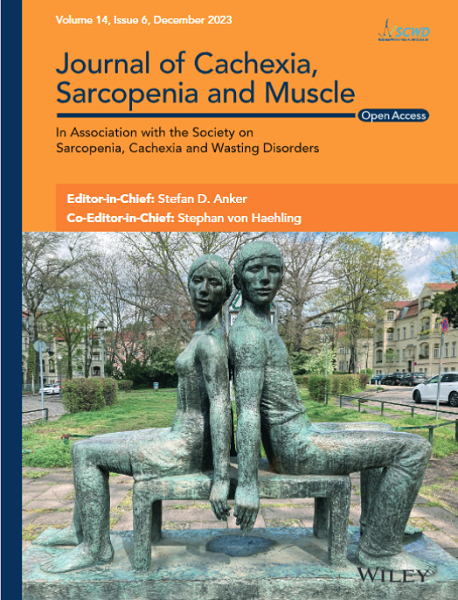A 10-Year Longitudinal Study of Muscle Morphology and Performance in Masters Sprinters
Abstract
Background
Both longitudinal and cross-sectional studies have demonstrated that muscle mass, strength and power are lost with ageing. Although longitudinal studies have shown changes in muscle morphology and function in sedentary, healthy active and endurance-trained older people, less is known about such age-related changes in sprint athletes. It has been proposed that active older people may provide a better study of healthy ageing not confounded by factors of inactivity and other unhealthy behaviours. Given that the training regimens of masters sprinters consist of strength and sprint training that elicit gains in muscle force, power and mass, sprinters may not suffer from measurable decrements in muscle strength, functional performance or morphology over a 10-year period.
Methods
To investigate this, m. vastus lateralis (VL) biopsies were taken from 24 masters sprinters aged 48–85 years at baseline and 10 years later. Immunofluorescent staining of slides taken from these biopsies was used to assess fibre type composition, fibre cross-sectional area (FCSA) and capillarisation. In addition, VL thickness was assessed using B-mode ultrasonography, maximum voluntary contraction (MVC) of knee extension was measured with an electromechanical dynamometer, and the flight time of a counter movement jump was determined with a contact matt. 60-m sprint times were measured using double-beam photocell gates connected to an electronic timer.
Results
FCSA, fibre-type composition, capillarisation and VL thickness had not changed significantly after 10 years. The decrease in jump power (−9.5% ± 5.7, p < 0.001) was attributable to a concomitant decrease in knee extension MVC (−21.0% ± 20.4, p < 0.001), not slowing of the muscle. Athletes demonstrated reduced 60-m sprint performance after 10 years (+14.2% increase in sprint time ± 12.4, p < 0.001) with greater loss in performance found in older participants (stepwise regression p < 0.004). Similarly, the loss of jump power found in the follow-up measurement (−9.47% ± 5.7, p < 0.001) was larger in the older participants (stepwise regression p < 0.001). However, no changes in muscle function or performance were significantly related to years of training or training volume.
Conclusions
Masters sprinters aged 48–85 maintained muscle histological characteristics over 10 years, but their training was unable to offset decrements in sprint performance and power that were attributable to a loss in force generating capacity, but not slowing of the muscle.


 求助内容:
求助内容: 应助结果提醒方式:
应助结果提醒方式:


